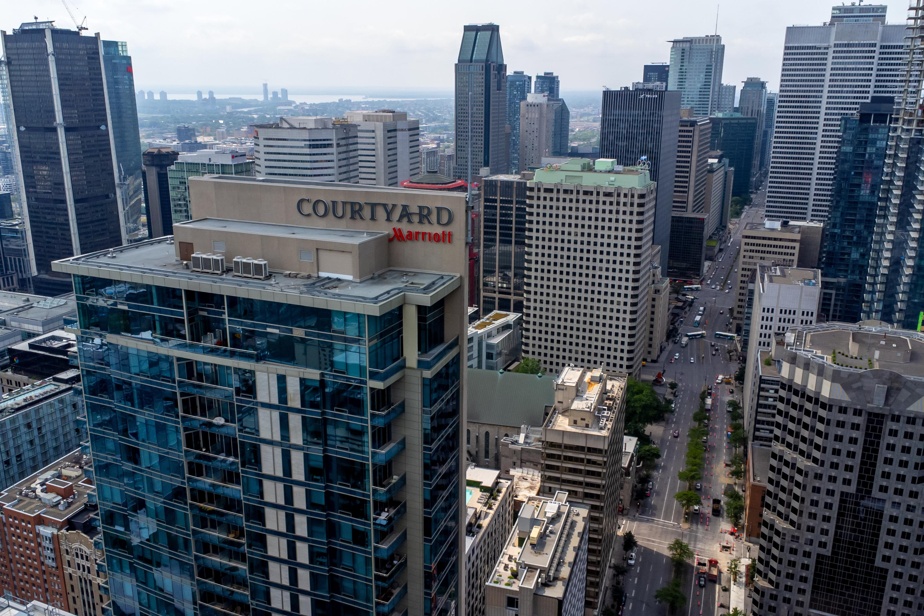Four cities under study
Between the cities of Quebec, Montreal, Ottawa and Toronto, which is most affected by climatic hazards, the effects of which are aggravated by urbanization? This is the question that researchers from UQAM and the University of Calgary tried to answer in a study published in the journal Urban Climate last December. Doctoral student Cécile Carton, professors Florent Barbecot and Jean-François Hélie (UQAM) and Jean Birks (University of Calgary) concluded that Montreal was the city where urbanization had the most impact on temperatures and precipitation. Note that the study covers a period of 30 years, between 1988 and 2017.
Cities, more sensitive to warming
“Climate change in southern Quebec is very simple. Everything went well until the early 1990s, and then the temperature started to rise. This means that we have been immersed in climate change for 30 years,” underlines Florent Barbecot, professor in the department of Earth and atmospheric sciences at UQAM and co-author of the study. “We know that all of southern Quebec is experiencing climate change, but how are the cities behaving in this change? We know that cities are much more sensitive [au changement climatique]. That’s the objective of the study,” he explains.
Watch out for mineralization
The researchers were able to analyze daily minimum and maximum temperature data as well as precipitation data for each of the four cities. The amounts of precipitation (rain and snow) as well as their frequency were taken into account. At the same time, Toronto, Ottawa, Montreal and Quebec have seen their populations increase over the last 30 years, leading to an increase in building permits. In Montreal, for example, the number of building permits doubled between 2001 and 2018, it is noted. A trend which has caused several heat islands to appear in the metropolis. The mineralization of large cities is also one of the main factors in rising temperatures in urban areas.
Minimum temperatures rising
Between 1988 and 2017, Montreal recorded an increase in average minimum temperature of 2.4 degrees, followed by Quebec (2.3 degrees), Ottawa (2.1 degrees) and Toronto (1.6 degrees). Quebec and Montreal also posted average minimum temperatures 2.0°C and 1.5°C higher than neighboring rural areas during this same period, far ahead of Toronto (0.9°C) and Ottawa (0.3°C). ). The two Quebec cities also experienced a greater drop in the frequency of precipitation, although the total quantities remained relatively stable. Remember that the Quebec consortium Ouranos predicts that average temperatures could rise by more than 4°C in Montreal and Quebec by the end of the century in a scenario of high greenhouse gas (GHG) emissions.
A city must be able to sweat
“We can make an analogy between a city and a human. Both work the same way. As long as we are able to sweat, we are able to regulate our body temperature. The city is exactly the same thing. If the city is capable of sweating, if it has water to sweat, it will behave like the rest of the environment,” explains Florian Barbecot. However, the key to promoting this evapotranspiration is plants, he adds. He says the city needs more trees, buildings and green roofs. “We are not going to invent ultra-technological materials when we have green technology that already works: trees! »
Read the study published in the journal Urban Climate (in English)
